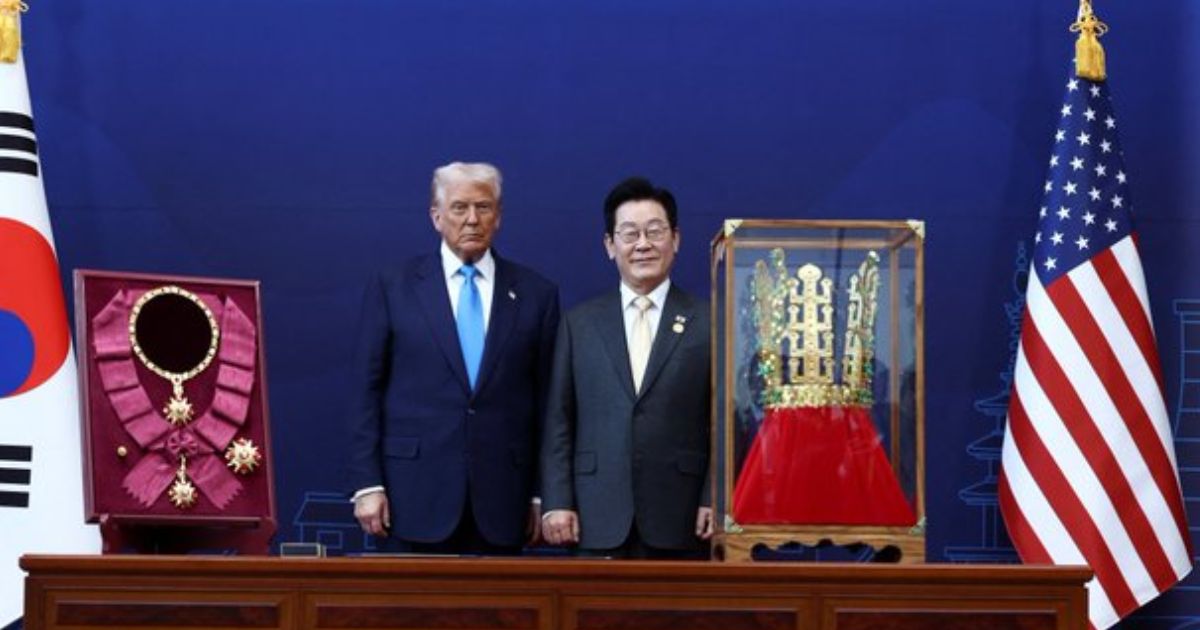Copyright time

Over the years, the ownership of the mansion has changed hands, transforming the space within its wooden walls from the home of a Scottish immigrant to that of Joseph Foulke and his family in 1823, and then to Noah Wheaton in 1857. Read More: ‘A Politics of No Translation.’ Zohran Mamdani on His Unlikely Rise In 1896, non-payment of taxes led the City of New York to appropriate the estate, along with the surrounding 11 acres, into East River Park. For about 15 years, the mansion served as a concession stand and restroom for the Park until it became the first home of the Museum of the City of New York in 1925. However, the museum was later moved to its Colonial Revival building on Fifth Avenue. Gracie Mansion served as the first historic house museum run by the Parks Department until “power broker” Commissioner Robert Moses persuaded City officials to designate the house as the official residence of the Mayor. The once summer home became a residential dwelling once more. On the cusp of the Second World War, in 1942, Fiorello H. La Guardia and his family moved in, setting a precedent for the city’s mayors to come. Each of them would go on to make Gracie Mansion not only a private residence but also a symbolic extension of New York City’s public life.



